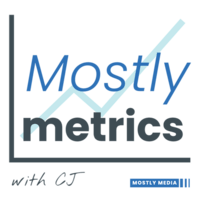👋 Hi, it’s CJ Gustafson and welcome to Mostly Metrics, my weekly newsletter where I unpack how the world’s best CFOs and business experts use metrics to make better decisions.

Welcome back to our second post in our series on everything you need to know about board meetings.
As a reminder, here’s our syllabus:
Part I: Roles and Responsibilities (LAST WEEK’s POST)
CEO
CFO
CPO / CTO
VCs
Strategic Investors
Board Observers
Independents
Corporate Secretaries
Committees
Part II: Materials and Metrics (THIS POST!)
Templatizing your materials
The CEO’s Materials
The CFO’s Materials
Strategic Readout Materials
Reminders, Before You Hit Send…
Part III: Meeting Structure
Closed Door Session
13 Deadly Mistakes to avoid at your next board meeting
Subscribe now, or your net retention formula will erroneously pick up early expansion.
Subscribe to our premium content to read the rest.
Become a paying subscriber to get access to this post and other subscriber-only content.
UpgradeYour subscription unlocks:
- In-depth “how to” playbooks trusted by the most successful CFOs in the world
- Exclusive access to our private company financial benchmarks
- Support a writer sharing +30,000 hours of on-the-job insights

